The World Trade Center (WTC) was a complex of seven buildings in Lower Manhattan in New York City that were destroyed in the September 11, 2001 terrorist attacks. The site is currently being rebuilt with six new skyscrapers and a memorial to the casualties of the attacks.
The original World Trade Center was designed by Minoru Yamasaki in the early 1960s using a tube-frame structural design for the twin 110-story towers. In gaining approval for the project, the Port Authority of New York and New Jersey agreed to take over the Hudson & Manhattan Railroad which became the Port Authority Trans-Hudson (PATH). Groundbreaking for the World Trade Center took place on August 5, 1966. The North Tower (1) was completed in December 1970 and the South Tower (2) was finished in July 1971. The construction project involved excavating a large amount of material which was used in making Battery Park City on the west side of Lower Manhattan.

The complex was located in the heart of New York City's downtown financial district and contained 13.4 million square feet (1.24 million m²) of office space. The Windows on the World restaurant was located on the 106th and 107th floors of 1 World Trade Center (the North Tower) while the Top of the World observation deck was located on the 107th floor of 2 World Trade Center (the South Tower). Other World Trade Center buildings included the Marriott World Trade Center; 4 World Trade Center; 5 World Trade Center; 6 World Trade Center, which housed the United States Customs. All of these buildings were built between 1975 and 1981. The final building constructed was 7 World Trade Center, which was built in 1985. The World Trade Center experienced a fire on February 13, 1975 and a bombing on February 26, 1993. In 1998, the Port Authority decided to privatize the World Trade Center, leasing the buildings to a private company to manage, and awarded the lease to Silverstein Properties in July 2001.
On the morning of September 11, 2001, Al-Qaeda-affiliated hijackers flew two 767 jets into the complex, one into each tower, in a coordinated terrorist attack. After burning for 56 minutes, the South Tower (2) collapsed, followed a half-hour later by the North Tower (1), with the attacks on the World Trade Center resulting in 2,752 deaths. 7 World Trade Center collapsed later in the day and the other buildings, although they did not collapse, had to be demolished because they were damaged beyond repair. The process of cleanup and recovery at the World Trade Center site took eight months. The first new building at the site was 7 World Trade Center which opened in May 2006. The Lower Manhattan Development Corporation (LMDC), established in November 2001 to oversee the rebuilding process, organized competitions to select a site plan and memorial design. Memory Foundations, designed by Daniel Libeskind, was selected as the master plan, which included the 1,776-foot (541 m) One World Trade Center, three office towers along Church Street and a memorial designed by Michael Arad.

Construction of World Trade Center:
In March 1965, the Port Authority began acquiring property at the World Trade Center site. Demolition work began on March 21, 1966 to clear thirteen square blocks of low rise buildings in Radio Row for construction of the World Trade Center. Groundbreaking for the construction of the World Trade Center took place on August 5, 1966.
The site of the World Trade Center was located on landfill with the bedrock located 65 feet (20 m) below. To construct the World Trade Center, it was necessary to build a "bathtub" with a slurry wall around the West Street side of the site, to keep water from the Hudson River out. The slurry method selected by Port Authority’s chief engineer, John M. Kyle, Jr., involved digging a trench, and as excavation proceeded, filling the space with a "slurry" mixture composed of bentonite and water, which plugged holes and kept groundwater out. When the trench was dug out, a steel cage was inserted and concrete was poured in, forcing the "slurry" out. It took fourteen months for the slurry wall to be completed; it was necessary before excavation of material from the interior of the site could begin. The 1.2 million cubic yards (917,000 m3) of material excavated were used to expand the Manhattan shoreline across West Street to form Battery Park City (along with other fill and dredge material).
In January 1967, the Port Authority awarded $74 million in contracts to various steel suppliers, and Karl Koch was hired to erect the steel. Tishman Realty & Construction was hired in February 1967 to oversee construction of the project. Construction work began on the North Tower in August 1968; construction on the South Tower was underway by January 1969. The original Hudson Tubes, carrying PATH trains into Hudson Terminal, remained in service as elevated tunnels during the construction process until 1971 when a new PATH station opened.
The topping out ceremony of 1 WTC (North Tower) took place on December 23, 1970, while 2 WTC's ceremony (South Tower) occurred later on July 19, 1971. The first tenants moved into the North Tower in December 1970; the South Tower accepted tenants in January 1972. When the World Trade Center twin towers were completed, the total costs to the Port Authority had reached $900 million. The ribbon cutting ceremony was on April 4, 1973.

On September 11, 2001, terrorists hijacked American Airlines Flight 11 and crashed it into the northern facade of the north tower at 08:46, impacting between the 93rd and 99th floors. Seventeen minutes later, a second team of terrorists crashed the similarly hijacked United Airlines Flight 175 into the south tower, impacting between the 77th and 85th floors. The damage caused to the north tower by Flight 11 destroyed any means of escape from above the impact zone, trapping 1,344 people. Flight 175 had a much more off-centered impact compared to Flight 11, and a single stairwell was left intact; however, only a few people managed to successfully pass through it before the tower collapsed. Although the south tower's floors of impact were lower, a smaller number, less than 700, were killed instantly or trapped. At 9:59 a.m., the south tower collapsed due to fire, which caused steel structural elements, already weakened from the plane impact, to fail. The north tower collapsed at 10:28 a.m., after burning for approximately 102 minutes.
At 5:20 p.m. on September 11, 2001, 7WTC started to collapse with the crumble of the east penthouse, and it collapsed completely at 5:21 p.m. due to uncontrolled fires causing structural failure. 3WTC, a Marriott hotel, was destroyed during the collapse of the two towers. The three remaining buildings in the WTC plaza sustained heavy damage from debris and were ultimately demolished. The Deutsche Bank Building across Liberty Street from the World Trade Center complex was later condemned due to the uninhabitable toxic conditions inside; it is undergoing deconstruction. The Borough of Manhattan Community College's Fiterman Hall at 30 West Broadway was also condemned due to extensive damage in the attacks and is slated for deconstruction.
Destruction of World Trade Center:
In the aftermath of the attacks, media reports suggested that tens of thousands might have been killed in the attacks, as on any given day upwards of 50,000 people could be inside the towers. Ultimately, 2,752 death certificates were filed relating to the 9/11 attacks, including one filed for Felicia Dunn-Jones, who was added to the official death toll in May 2007; Dunn-Jones died five months later from a lung condition linked to exposure to dust during the collapse of the World Trade Center. Two other victims were then added to the official death toll by the city medical examiner's office: Dr. Sneha Anne Philip, who was last seen the day before the attacks, and Leon Heyward, a man who developed lymphoma and subsequently died in 2008 as a result of dust ingestion during the events following the attacks to the Twin Towers. Cantor Fitzgerald L.P., an investment bank on the 101st–105th floors of One World Trade Center, lost 658 employees, considerably more than any other employer, while Marsh & McLennan Companies, located immediately below Cantor Fitzgerald on floors 93–101 (the location of Flight 11's impact), lost 295 employees, and 175 employees of Aon Corporation were killed. As well, 343 deaths were New York City firefighters, 84 were Port Authority employees, of whom 37 were members of the Port Authority Police Department, and another 23 were New York City Police Department officers. Of all the people who were still in the towers when they collapsed, only 20 were pulled out alive.

Rebuilding of World Trade Center:
The process of cleanup and recovery continued 24 hours a day over a period of eight months. Debris was transported from the World Trade Center site to Fresh Kills on Staten Island, where it was further sifted. On May 30, 2002, a ceremony was held to officially mark the end of the cleanup efforts. In 2002, ground was broken on construction of a new 7WTC building located just to the north of the main World Trade Center site. Since it was not part of the site master plan, Larry Silverstein was able to proceed without delay on the rebuilding of 7 World Trade Center, which was completed and officially opened in May 2006; this had been considered a priority since restoring the Consolidated Edison Cos. electrical substation in the building's lower floors was necessary to meet power demands of Lower Manhattan. A temporary PATH station at the World Trade Center opened in November 2003; it will be replaced by a permanent station designed by Santiago Calatrava.
With the main World Trade Center site, numerous stakeholders were involved including Silverstein and the Port Authority, which in turn meant the Governor of New York State, George Pataki, had some authority. As well, the victims' families, people in the surrounding neighborhoods, Mayor Michael Bloomberg, and others wanted input. Governor Pataki established the Lower Manhattan Development Corporation (LMDC) in November 2001 as an official commission to oversee the rebuilding process. The LMDC held a competition to solicit possible designs for the site. The Memory Foundations design by Daniel Libeskind was chosen as the master plan for the World Trade Center site. The plan included the 1,776 feet (541 m) Freedom Tower (now known as One World Trade Center) as well as a memorial and a number of other office towers. Out of the World Trade Center Site Memorial Competition, a design by Michael Arad and Peter Walker entitled Reflecting Absence was selected in January 2004.
On March 13, 2006, workers arrived at the World Trade Center site to remove remaining debris and start surveying work. This marked the official start of construction of the National September 11 Memorial & Museum, though not without controversy and concerns from some family members. In April 2006, the Port Authority and Larry Silverstein reached an agreement in which Silverstein ceded rights to develop the Freedom Tower and Tower Five in exchange for financing with Liberty Bonds for Towers Two, Three, and Four. On April 27, 2006, a ground-breaking ceremony was held for the Freedom Tower.
In May 2006, architects Richard Rogers and Fumihiko Maki were announced as the architects for Towers Three and Four, respectively. The final designs for Towers Two, Three and Four were unveiled on September 7, 2006. Tower Two, or 200 Greenwich Street, will have a roof height of 1,254 feet (382 m) and a 96 feet (29 m) tripod spire for a total of 1,350 feet (410 m). Tower Three, or 175 Greenwich Street will have a roof height of 1,155 feet (352 m) and an antenna height reaching 1,255 feet (383 m). Tower Four, or 150 Greenwich Street, will have an overall height of 946 feet (288 m). On June 22, 2007 the Port Authority of New York and New Jersey announced that JP Morgan Chase will build Tower 5, a 42-story building on Site 5 currently occupied by the Deutsche Bank Building, and Kohn Pedersen Fox was selected as the architect for the building.







.jpg)








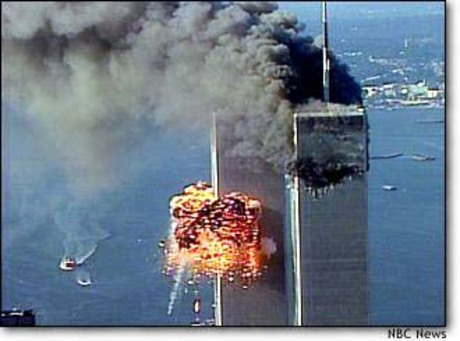





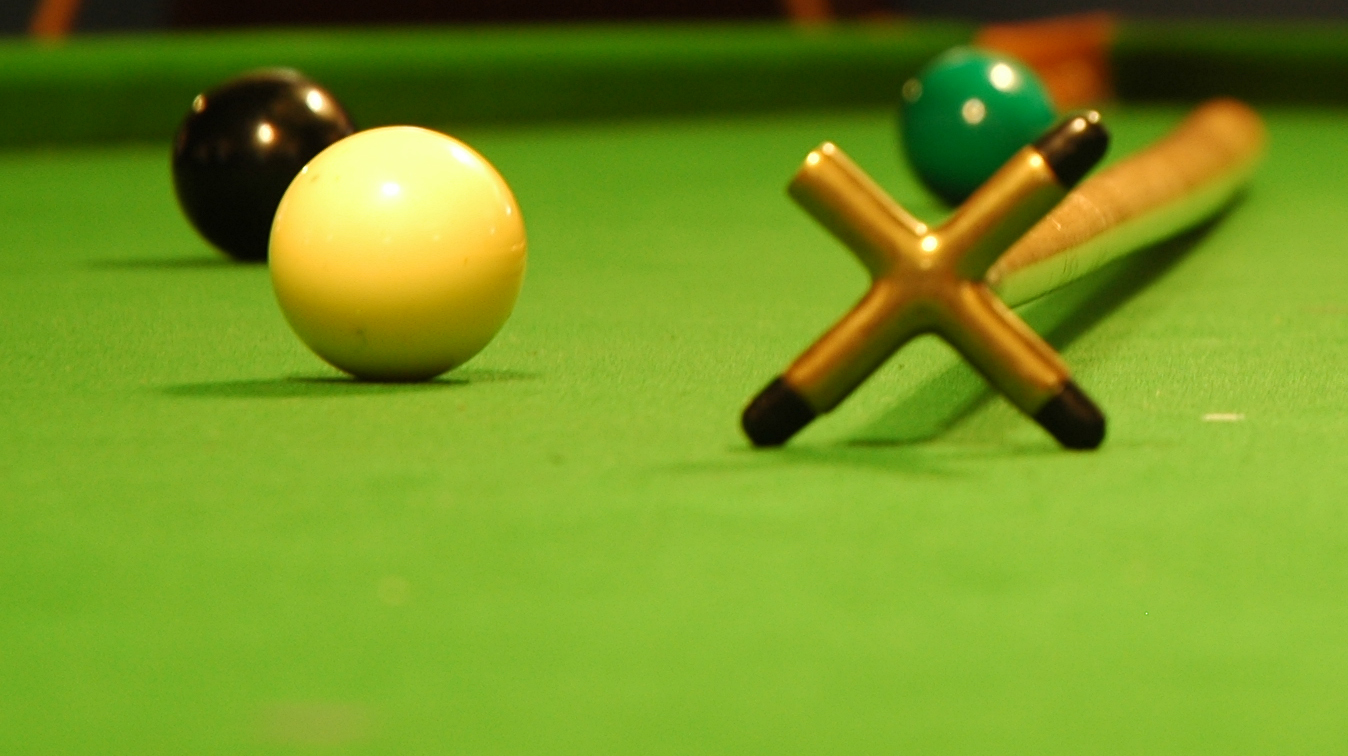



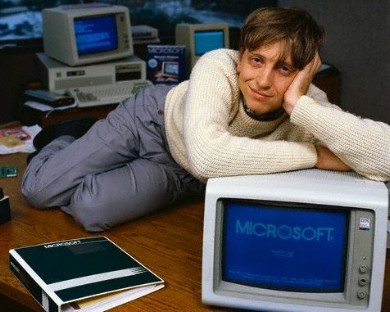



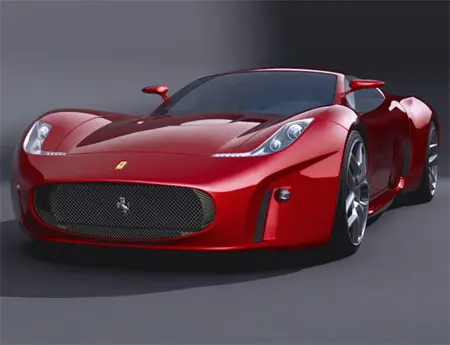





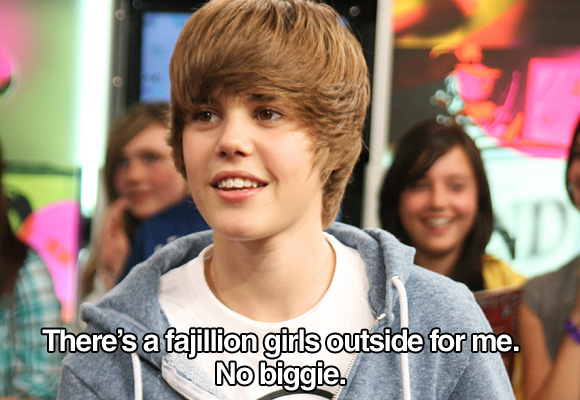

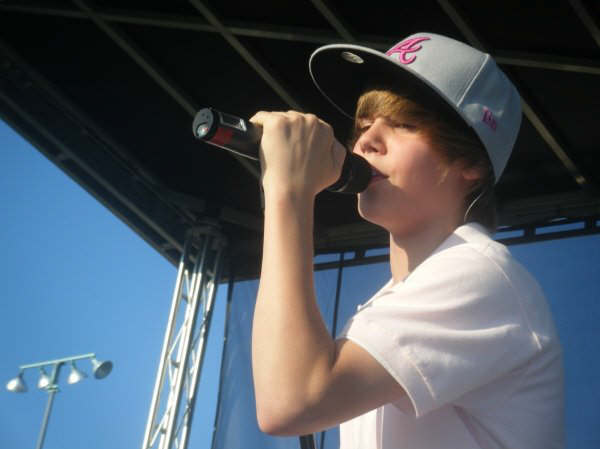
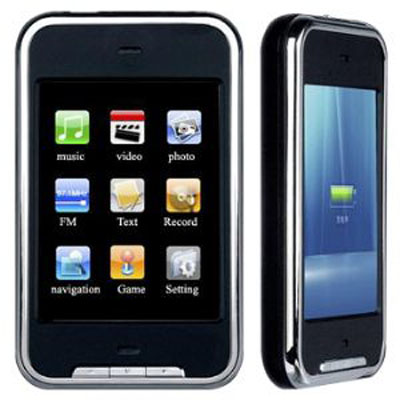
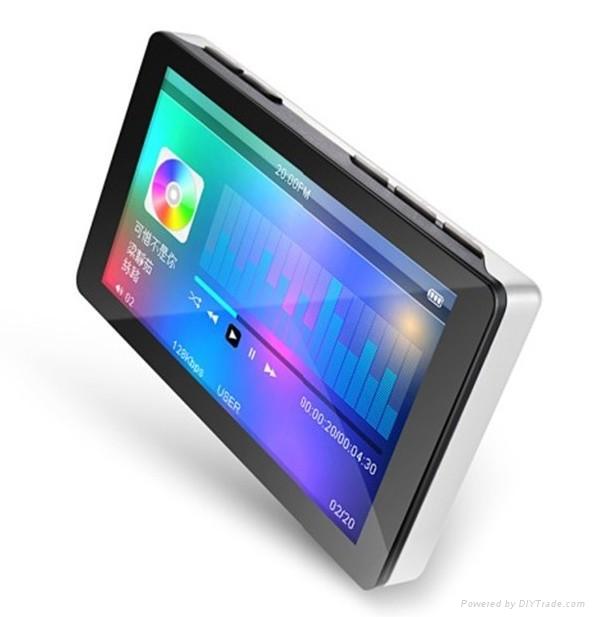







1 comments: